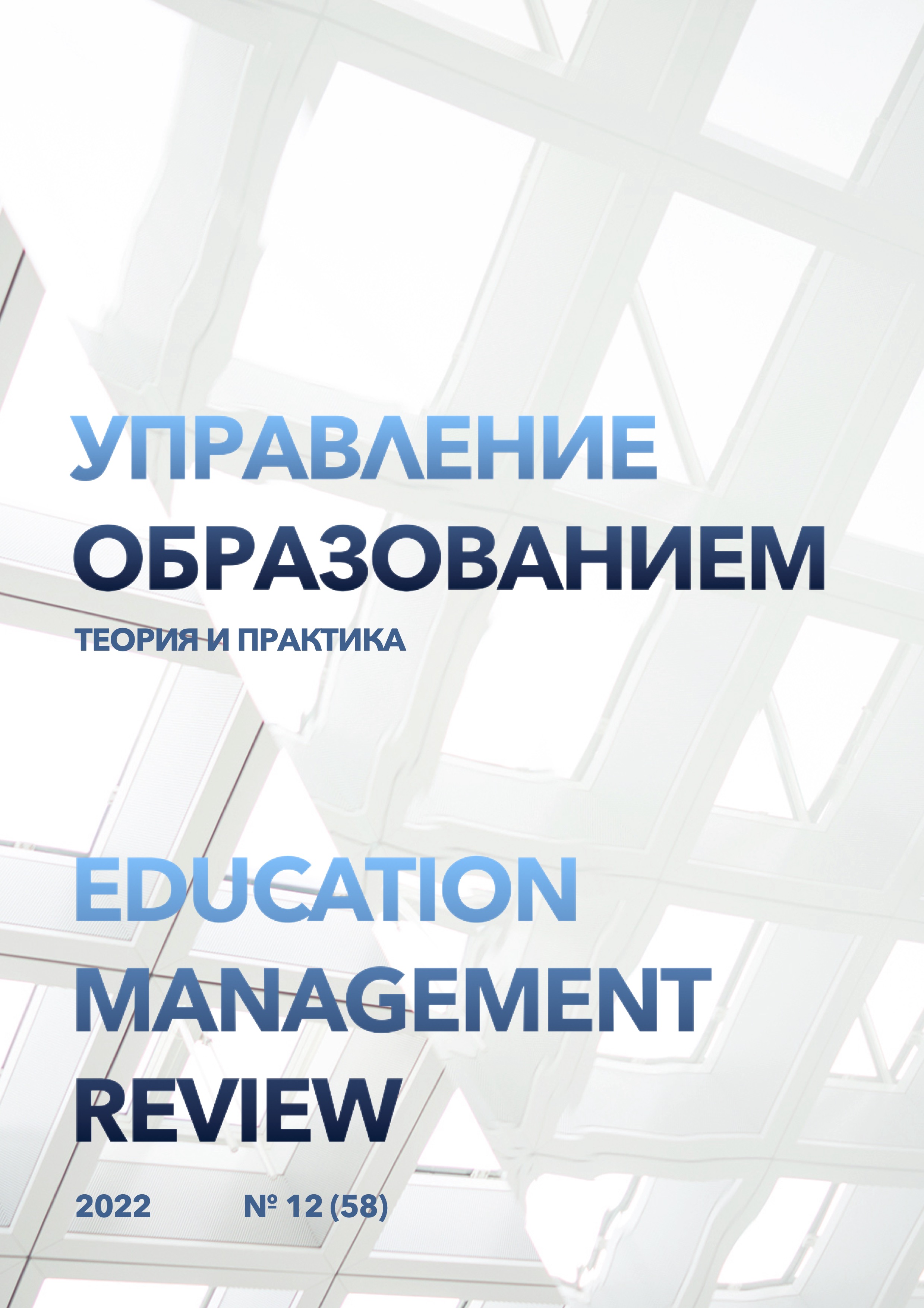Use of interactive methods of teaching medical students english speaking skills
DOI:
https://doi.org/10.25726/u9379-7043-3748-qKeywords:
interactive learning, monological and dialogical speaking, medical students, professional English, innovation, improvement of academic performanceAbstract
The use of interactive teaching methods has a positive impact on the development of speaking skills in a foreign language, in particular in English. The authors described modern forms, principles and methods of organizing interactive teaching of communication skills in English for medical students. This article describes the main methods of interactive teaching of speaking skills. The authors identified the strengths and weaknesses, from their point of view, of the use of interactive methods for teaching students the skills of speaking. It was noted that interactive classes not only contribute to increasing the level of students' knowledge of the English language, but also develop their ability to work both independently and in a team, with a non-standard approach to solving problems. We have identified the optimal interactive technologies for teaching medical students monologue and dialogic speech through interactive technologies: cooperative learning technologies, collective group learning technologies, discussion technologies and modeling. Cooperative learning technologies used in English classes involve working in small groups, using the Carousel method. These technologies can be used in educational groups with different levels of knowledge of the English language.
References
Голант Е.Я. О развитии самостоятельности и творческой активности учащихся в процессе обучения // Воспитание познавательной активности и самостоятельности учащихся. Казань, 1969. Вып. 67 Сб. 2 Ч. С. 32-34.
Добрынина Д.В. Инновационные методы обучения студентов вузов как средство реализации интерактивной модели обучения // Вестник Бурятского государственного университета. 2010. №5. С. 172–176.
Зимняя И.А. Психология обучения иностранным языкам в школе. Просвещение, 1999.
Норбоева Ф.Р. Использование интерактивных технологий при обучении студентов неязыковых вузов английскому языку // Молодой ученый, 2020. № 22 (312). С. 623-625.
Полат Е.С. Новые педагогические и информационные технологии в системе образования: Учебное пос. для студентов педагогических вузов. Издательский центр "Академия", 2000. 272 с.
Пометун О., Пироженко Л. Современный урок. Интерактивные технологии обучения, 2005. 192 с.
Редько В. Интерактивные технологии обучения иностранному языку // Родная школа. 2011. № 8-9. С, 28-36.
Ривин А.Г. Содиалог как орудие ликбеза // Революция и культура, 1930. № 15-16. С. 64-66
Рольгайзер А.А. Применение интерактивных методов обучения в преподавании английского языка // Научные исследования и разработки. Социально-гуманитарные исследования и технологии. 2016. Т. 5. № 4. С. 56–61.
Селиванов И.Ю. Педагогические основания развития современных интерактивных технологий обучения // Молодой ученый. 2015. № 14 (94). С. 517-521
Шанская Л.А., Комендантова А.Ю. Технологии интерактивного взаимодействия в обучении английскому языку студентов направления «Педагогика» // Молодой ученый. 2021. № 18 (360). С. 364-366.
Abrahamson A. Louis. An Overview of Teaching and Learning Research with Classroom Communication Systems // Pythagorion, Samos, Greece. Conference Proceedings by John Wiley & Sons, Inc., June 3-6,1998. 460 p.




